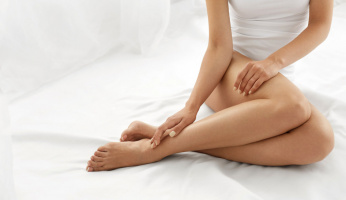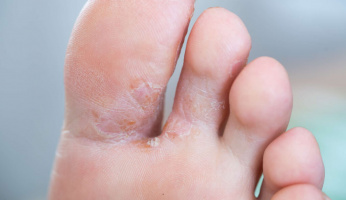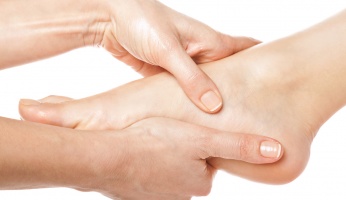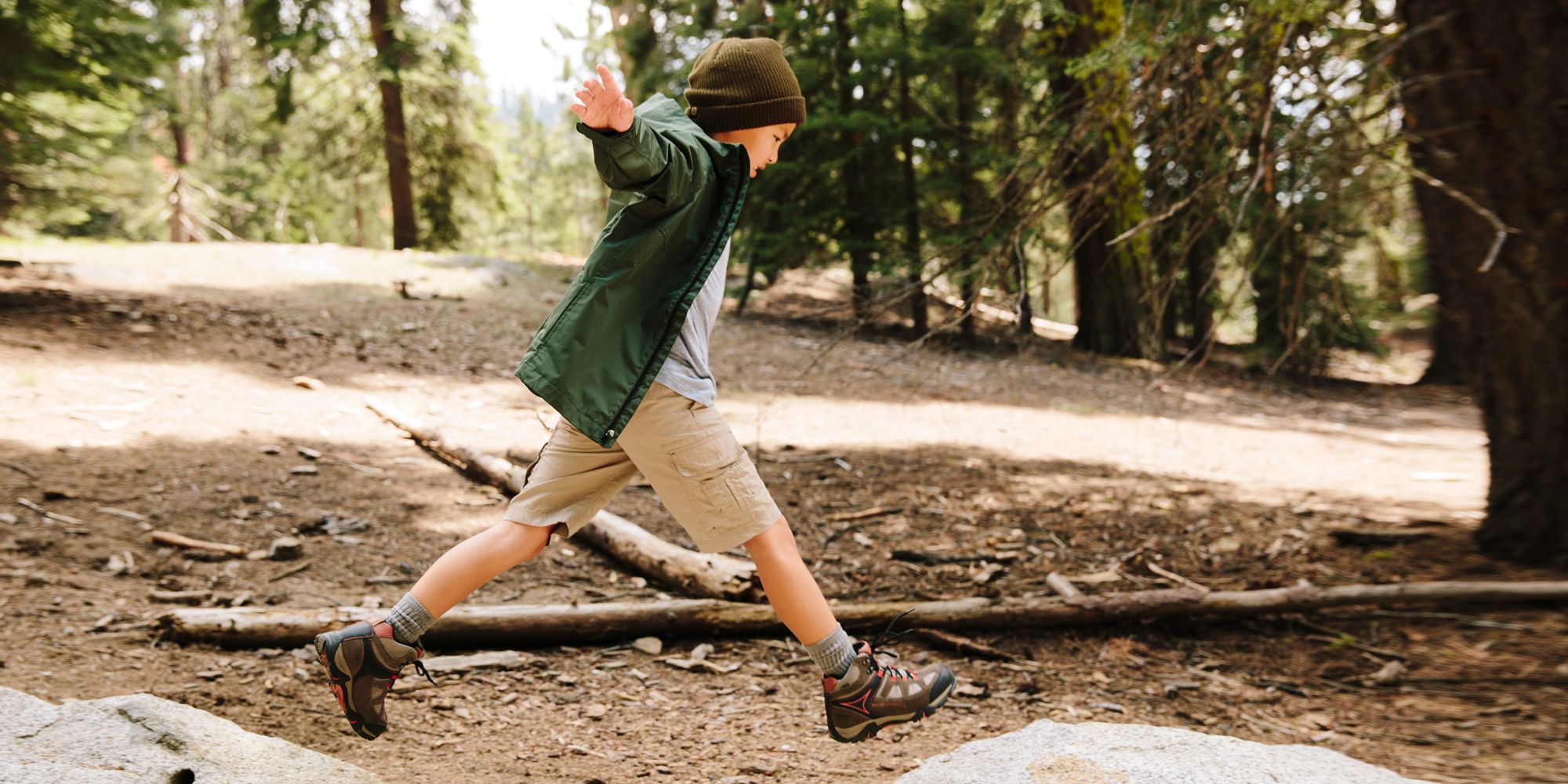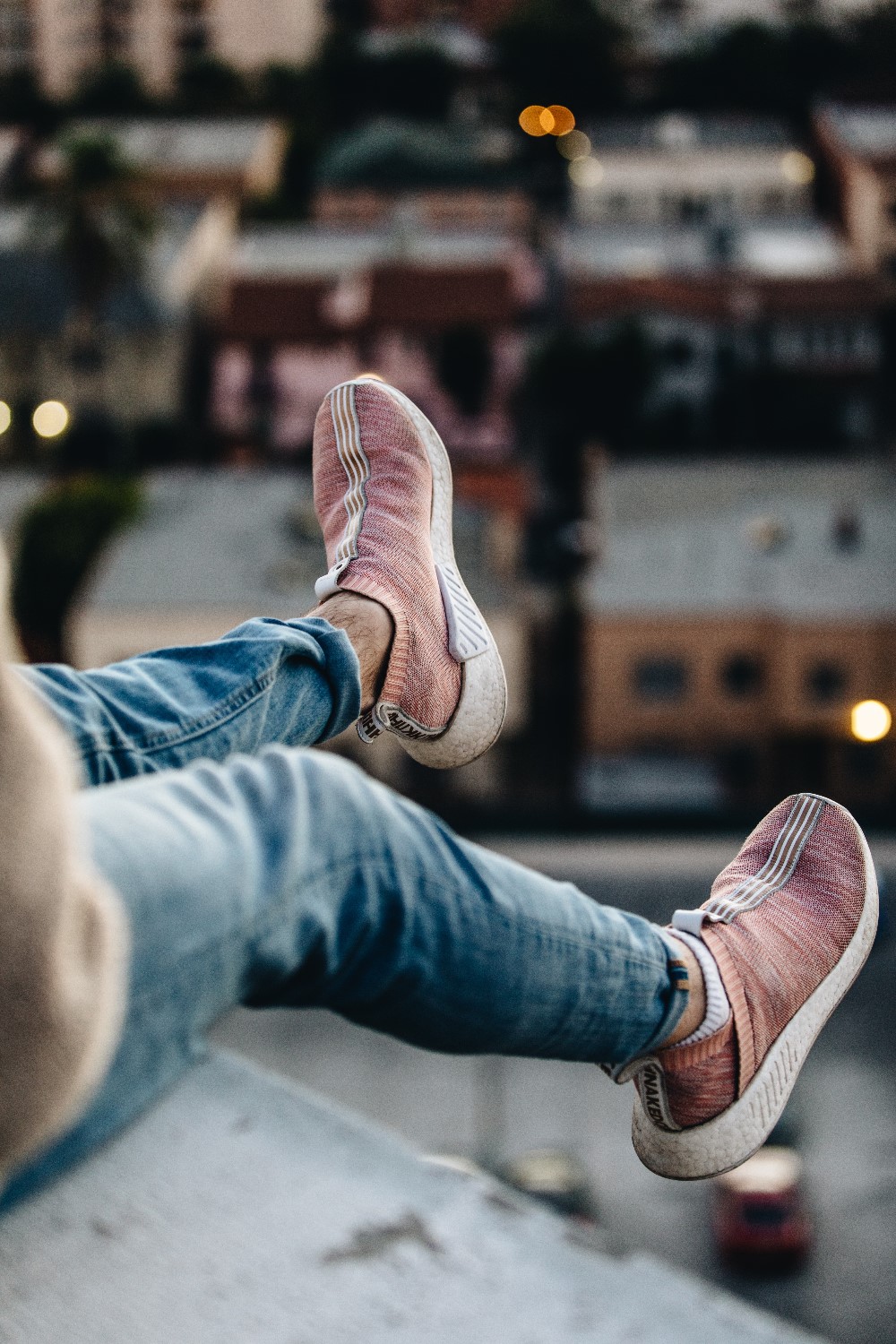Bursitis Foot Pain: Treatment and Recovery
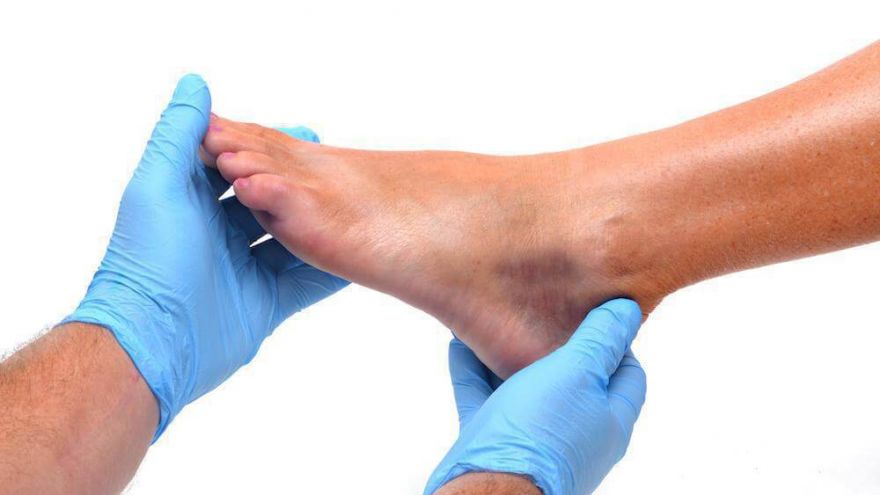 Bursitis Foot Pain: Treatment and Recovery www.walkjogrun.net
Bursitis Foot Pain: Treatment and Recovery www.walkjogrun.net Bursitis is the inflammation of the fluid-filled sacs near your joints. These fluid-filled sacs are called the bursa. The bursa cushions and decreases the friction of the joints between bones that come in contact with muscles, skin, and tendons.
Bursitis is often the result of overuse, extended pressure in the area, arthritis, or trauma. The bursa becomes reddened with increased fluid which causes swelling and pain.
Common areas in the body affected by bursitis are the shoulder, knee, and elbow. But, today we will be discussing bursitis foot pain, treatment, and recovery.
Symptoms of foot bursitis
- Pain with movement
- Stiffness
- Joint pain
- Swelling and redness
Schedule an appointment with your Primary Care Provider (PCP) if you are experiencing any of the following:
- Fever
- Disabling pain
- Unable to move your joint
- Sharp, shooting pain with exertion
- Excessive swelling, bruising, redness, or a rash in the area
How do you treat bursitis in the foot?
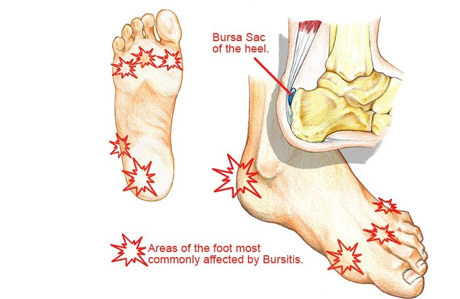
Bursitis usually resolves on its own and the following home remedies may prove to be helpful. The cause of your bursitis will determine how severe your treatment will need to be and if medical intervention is needed.
1. Home remedies
- Rest the area and avoid overuse
- Ice the area for 48 hours (20 minutes on/20 minutes off a few times throughout the day)
- Compression to the area
- Elevating the area
- Try applying a heating pad or warm towel to the area
- Over-the-counter (OTC) medications (ibuprofen and naproxen)
2. Medical treatments
- Antibiotics if an infection is the cause of the inflammation
- Physical therapy to strengthen the area
- Corticosteroid injection
- Cane or crutches to decrease pressure on the area
- Surgery to drain the bursa
Due to the chronic nature of most bursitis cases, icing the area may not prove to be helpful. Through the instruction of a Physical Therapist, learning stretching and strengthening exercises will help prevent the reoccurrence of bursitis and help relieve pain.
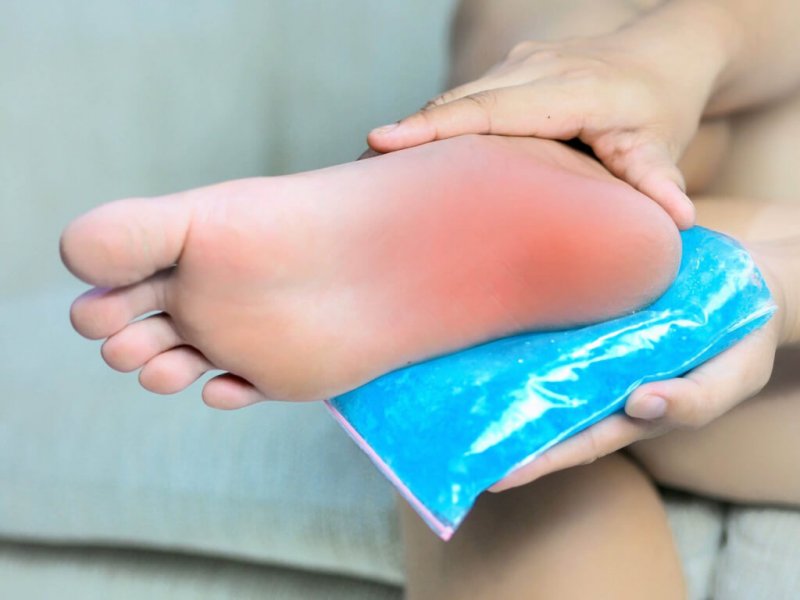
Although corticosteroid injections help decrease inflammation and pain, they should be used with restraint because they can cause weakness and tendon rupture.
And surgery is an option used to relieve pressure and, in rare cases, remove the bursa, but only if it has been 6 months to a year and you are still having problems with bursitis.
Is bursitis foot pain serious?
When it comes to foot pain, 50% of the occurrences can be debilitating. This pain could alter your mood, disrupt your ability to perform activities of daily living, and put you at an increased risk for falls.
Bursitis can be caused by an acute trauma/immediate injury that causes an immune response, and PRICE (protect, rest, ice, compression, and elevation) with OTC medications may be all that is needed.
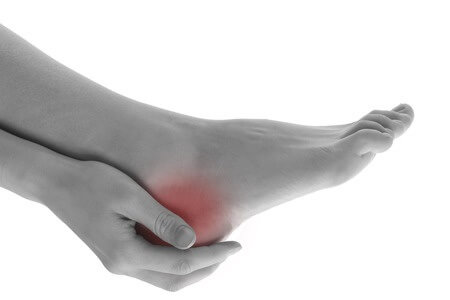
While bursitis can also be caused by other medical conditions, such as:
- Infection
- Gout
- Arthritis
- Diabetes
- Thyroid disease
If any of these conditions are the cause of your swelling and foot pain, you will want to make sure you follow up with your PCP. You may need medication adjustments and will need medication treatment for the infection.
Infection of the bursa in the foot must not go untreated. Not treating a bursitis infection can lead to complications like:
- Bursa rupture
- Osteomyelitis (infection in the bone)
- Problems with wound healing
- Weakness in tendons and ligaments
Gout, diabetes, and rheumatoid arthritis put individuals at an increased risk for developing bursitis infections. And due to the nature of these diseases and the areas that are commonly infected (i.e., the foot), it is essential to do self-checks on your feet.
Self-checking your feet helps ensure you do not have any open wounds that may have gone unnoticed and allow bacteria to enter your body.
How long does it take to recover?
The amount of time it takes to recover from bursitis foot pain depends on your immune system and how severe the trauma is. If you have tried the above home remedies and are still experiencing foot pain that limits your activities of daily living, please schedule an appointment with your PCP for evaluation.
During your healing process, you will want to make sure you limit the amount of pressure you put on your affected foot by using a cane or crutches.
And to prevent future reoccurrences, you will want to make sure you avoid standing for long periods, use correct posturing, and try to avoid traumas to the area.
Bursitis Prevention
- To prevent or decrease the reoccurrence of bursitis foot pain, try the following:
- Gradually increase exercise intensity
- Exercise regularly
- Take breaks from repetitive tasks
- Stop activities that cause pain
- Wear the proper footwear for the activity
The takeaway
Bursitis foot pain can be disabling and painful. So, it is vital to take care of and protect your feet. Make sure your shoes fit correctly and if you are adding mileage to your runs, make sure you have given your feet time to adapt.
It is always good practice to do a foot check at least once a week. And if you have diabetes, gout, or arthritis, regularly check in with your Podiatric.
Sources
- , Understanding the nature and mechanism of foot pain, Book
- , Bursitis, Clinic
- , Bursitis, National Institute
- , Septic Bursitis, Books





